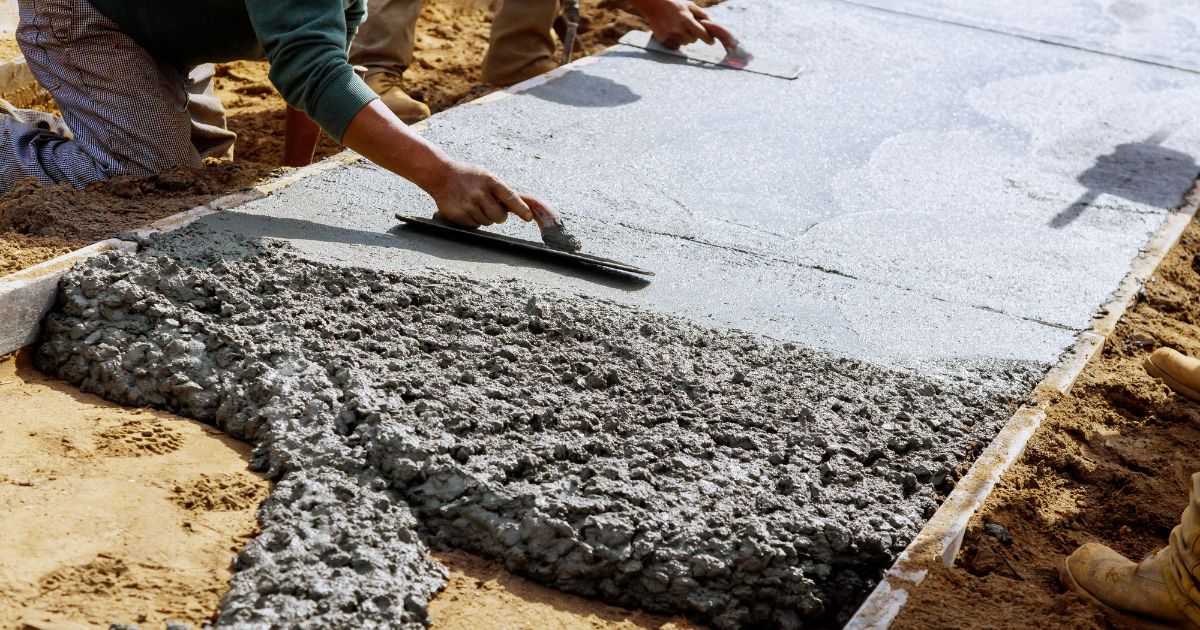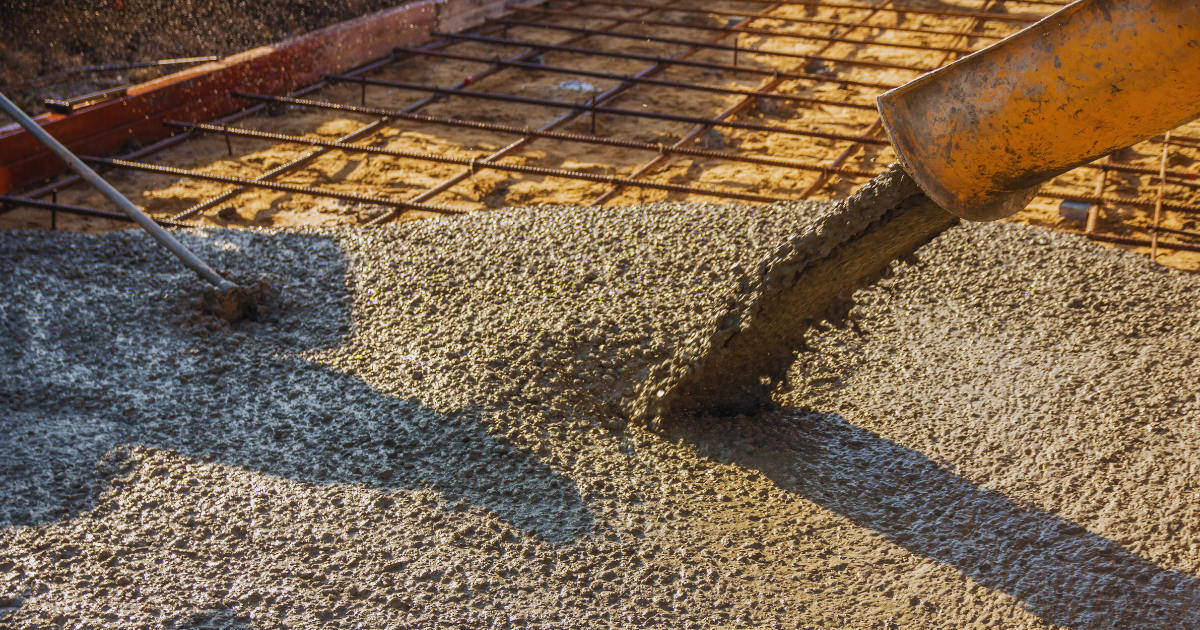Concrete is one of the most versatile and widely used construction materials. Its popularity stems from its unique properties, which can be tailored to meet a variety of needs. Understanding concrete properties is essential for anyone involved in construction, from engineers and architects to contractors and DIY enthusiasts. This comprehensive guide will explore the fundamental properties of concrete, how these properties can be measured and optimized, and the ways in which they influence the performance and durability of concrete structures.
What Are Concrete Properties?
Concrete properties refer to the characteristics and behaviors of concrete, both in its fresh and hardened states. These properties determine how concrete performs under various conditions and how it interacts with its environment. Key concrete properties include strength, durability, workability, permeability, and shrinkage. By understanding these properties, you can make informed decisions about the mix design, placement, and curing of concrete to achieve the desired performance.
Key Concrete Properties
Compressive Strength
- Definition: Compressive strength is the ability of concrete to withstand loads that tend to compress it. It is the most critical property for structural applications.
- Measurement: Compressive strength is measured by testing concrete cubes or cylinders in a compression testing machine. The result is expressed in megapascals (MPa) or pounds per square inch (psi).
- Optimization: To achieve high compressive strength, use a well-graded aggregate mix, proper water-cement ratio, and adequate curing.
Tensile Strength
- Definition: Tensile strength is the ability of concrete to resist tension or stretching forces. While concrete is strong in compression, it is relatively weak in tension.
- Measurement: Tensile strength is measured using methods like the split tensile test or flexural test.
- Optimization: Adding reinforcement, such as steel bars or fibers, can significantly enhance the tensile strength of concrete.
Durability
- Definition: Durability refers to the ability of concrete to withstand environmental conditions without significant deterioration over time.
- Measurement: Durability is assessed by exposing concrete to various conditions such as freeze-thaw cycles, chemical attacks, and abrasion.
- Optimization: Use of supplementary cementitious materials (SCMs), proper mix design, and adequate curing can improve concrete durability.
Workability
- Definition: Workability is the ease with which concrete can be mixed, placed, and finished. It affects the quality and uniformity of the finished product.
- Measurement: Workability is typically measured using the slump test, which evaluates the consistency of the fresh concrete mix.
- Optimization: Adjusting the water content, using plasticizers or superplasticizers, and ensuring proper aggregate grading can improve workability.
Permeability
- Definition: Permeability is the ability of concrete to allow fluids to pass through it. Low permeability is crucial for preventing water ingress and enhancing durability.
- Measurement: Permeability can be measured using methods such as the water permeability test or chloride ion penetration test.
- Optimization: Reducing the water-cement ratio, using pozzolanic materials, and ensuring proper compaction can reduce concrete permeability.
Shrinkage
- Definition: Shrinkage is the reduction in volume of concrete as it dries and hardens. Excessive shrinkage can lead to cracking.
- Measurement: Shrinkage is measured by observing the change in dimensions of concrete specimens over time.
- Optimization: Using shrinkage-reducing admixtures, controlling the water content, and ensuring proper curing can minimize shrinkage.
Measuring and Testing Concrete Properties
Accurate measurement and testing of concrete properties are essential for ensuring the quality and performance of concrete structures. Various standardized tests are used to evaluate different properties:
- Slump Test: Measures workability by assessing the slump of fresh concrete.
- Compression Test: Measures compressive strength using concrete cubes or cylinders.
- Split Tensile Test: Measures tensile strength by applying a diametral compressive load to a cylindrical specimen.
- Flexural Test: Measures the flexural strength of concrete by applying a load to a beam specimen.
- Water Permeability Test: Assesses the permeability of concrete by measuring the rate of water flow through a specimen.
- Chloride Ion Penetration Test: Evaluates the resistance of concrete to chloride ion penetration, which can cause corrosion of reinforcement.
Optimizing Concrete Properties
Optimizing concrete properties involves selecting the right materials, mix proportions, and construction practices. Here are some tips for optimizing key concrete properties:
Material Selection
- Cement: Choose the appropriate type and grade of cement for the specific application.
- Aggregates: Use well-graded aggregates with proper size distribution to enhance strength and workability.
- Admixtures: Incorporate chemical and mineral admixtures to improve workability, durability, and other properties.
Mix Design
- Water-Cement Ratio: Maintain a low water-cement ratio to enhance strength and reduce permeability.
- Proportioning: Ensure proper proportioning of cement, aggregates, and water to achieve the desired properties.
- Supplementary Materials: Use SCMs like fly ash, slag, or silica fume to improve durability and sustainability.
Construction Practices
- Mixing: Ensure thorough and uniform mixing of all ingredients to achieve consistent quality.
- Placement: Place concrete quickly and efficiently to prevent segregation and ensure uniformity.
- Compaction: Use appropriate compaction methods, such as vibration, to remove air voids and enhance density.
- Curing: Provide adequate curing to maintain moisture and temperature conditions that promote proper hydration and strength development.
Utilizing Concrete Properties in Design and Construction
Understanding and utilizing concrete properties is crucial for designing and constructing durable and efficient structures. Here are some ways in which these properties can be applied:
Structural Design
- Load-Bearing Capacity: Design structures based on the compressive and tensile strength of concrete to ensure adequate load-bearing capacity.
- Durability Requirements: Consider environmental exposure conditions and design for durability by selecting appropriate materials and mix proportions.
Quality Control
- Testing and Inspection: Implement regular testing and inspection protocols to monitor concrete properties and ensure compliance with specifications.
- Troubleshooting: Address any issues related to workability, strength, or durability by adjusting the mix design or construction practices.
Sustainable Construction
- Resource Efficiency: Optimize the use of materials and minimize waste by selecting appropriate mix designs and utilizing recycled aggregates or SCMs.
- Environmental Impact: Reduce the carbon footprint of concrete construction by using low-carbon cements, reducing the water-cement ratio, and enhancing durability to extend the lifespan of structures.
Conclusion
Concrete properties are fundamental to the performance and durability of concrete structures. By understanding these properties and how to measure and optimize them, construction professionals can ensure the quality and efficiency of their projects. Whether you are designing a high-rise building, constructing a bridge, or working on a residential project, a comprehensive understanding of concrete properties will enable you to make informed decisions and achieve the best results. Investing time and resources into studying and utilizing concrete properties will pay off in the form of stronger, more durable, and sustainable structures.







